What the House-Hunting Process Taught Me about the Suburban Experiment
Some personal news: I’m hoping to become a homeowner this year. After living in four different apartments in our six years together, my husband and I are ready to make that leap and find a stable place to call our own. We’ve settled on Madison, Wisconsin as our city of choice, for a variety of reasons but mostly because it’s close to our families and is a place we’ve come to love. It turns out a lot of other people have been thinking along the same lines, though, because the competition out there is fierce. Many of the houses we thought were within reach of our budget are going for tens of thousands of dollars over the asking price—some with cash offers. It’s a wild world…
However, I’m not here to complain about my house hunting woes. I’m here to tell you what I’ve learned about urban design from my endless Zillow scrolling—because it has implications far beyond my own home search.
“Let’s Look for a House”
To start with, you should know that my husband and I currently live in Cambridge, Massachusetts so the only real way we’ve been able to conduct our housing search is online (sprinkled in with advice from our realtor). Like any house hunters, we’ve got some basic criteria such as number of bedrooms, state of the building, price, etc. But one of the biggest is the location. We have a fairly simple desire to be able to walk to at least a few necessary destinations—pharmacy, library, grocery store, etc.—from our new home. We own one used car which we take out for big grocery runs or trips, but our household budget does better without the expense of multiple car loans, insurance fees and gas (not to mention our health). So walkability is the main thing we care about in our location.
Both of us have spent a fair amount of time in the city over the course of our lives—me, visiting my Madison-based grandparents for holidays and vacations throughout my childhood, and my husband, visiting his older brothers while they were both in college at the University of Wisconsin-Madison. But because we were seeing the city through that narrow prism, we aren’t terribly familiar with its different neighborhoods. So how do we know whether a house we’re eyeing is going to allow us to walk to local businesses and other destinations?
I’ve developed a weird trick for figuring out whether a neighborhood is going to be walkable even though I’m not physically present in Madison. All I do is look at the style of the house on Zillow.
Let me show you.
These guys, for example…
Not going to be located in neighborhoods with much to walk to, and probably not going to be pleasant spaces to walk, even if there is a store or two that you could technically get to on foot.
Here’s what I saw when I poked around those neighborhoods on Google Maps.
My suspicions were confirmed.
These homes, on the other hand…
Much more walkable! Here’s what nearby streets look like around these houses.
On Display: Two (Very Different) Development Patterns
What’s going on here was fairly simple, once I thought about it (and forgive me if you’re reading this thinking, duh, because you’ve already figured it out yourself): The first homes I listed above were clearly built during the middle of the twentieth century. Their one-story, ranch-style appearance combined with their large front yards setting them back from the road, all point to being built during a certain era (and the Zillow listing confirms that).
The homes surrounding these ones look similar because they, too, were probably built in the same time period. In fact, I’d be willing to bet my down payment that the entire neighborhood came into being during a small period of the midcentury, when the suburban development pattern was booming.
During this time, developers were platting whole blocks and strings of culs-de-sac and plopping in home after identical home in the post-World War II development surge. They were mostly focused on building attractive, large homes for a growing population of Americans who had easy access to government-backed mortgages.
These developers and the local leaders that permitted their construction projects weren’t thinking about walkable access to shops and businesses. In fact, it was just the opposite. Development during this time was all about separating uses, so that you could drive home each evening to your quiet neighborhood, far away from the dirty, smelly downtown where you worked. Cars were the new, glitzy mode of transportation, so everything was structured around car travel.
Meanwhile, the second set of houses I showed pictures of, located closer to the core of Madison, were built at a completely different time in a different sort of neighborhood. The architectural style consists of multiple stories that fit a lot of home onto a small plot of land, with a moderately sized front yard. Both of these houses and the ones around them were constructed during the first few decades of the twentieth century, when development was happening in a much more traditional manner—bit by bit, home by home. Structures were built to last, to be adapted for the next user, and definitely to be accessed on foot, since that was the primary mode of inner-city transportation back then.
(By the way, all of the houses I showed in the pictures above—both the suburban-style and the traditional-style—were listed in the same price range of about $300-400,000. That’s a little above the average price for Madison, according to Zillow, but, as I mentioned earlier, the market is absurd right now. My point here is that this city, like most, offers homes in a variety of price points on both the edge of town and the urban core. So walkable does not equal expensive, in case that thought was percolating in the back of your mind.)
Based only on the style of house then, I’ve got a pretty decent idea of which neighborhoods will be a good fit for my family.
Places That Stand the Test of Time
Now, as I promised in the beginning of this essay, this isn’t just about me and my home search. It’s about neighborhoods and cities across the country—and how we build and steward economically resilient places.
This is not an argument against a midcentury-style home or a quiet suburban street. Both have their appeal for me and for many people, (And as my colleague Daniel recently wrote, cultural arguments about suburban vs. urban are not particularly meaningful anyway.) Rather, this is a financial argument. I don’t want to live in a place that requires my family to own multiple cars and use them any time we want to go somewhere. That’s not a financially sound plan for our household, especially given the volatility of related costs for things like gas and car parts.
I want to live in a place that’s stood the test of time, and is set up to keep doing that—one that’s been adapting and updating slowly over the decades. Those neighborhoods have gone through good times and bad ones, and their design—modest lots and homes within walking distance of life’s necessities—is still working today.
Furthermore, I don’t want to be part of a neighborhood that is sucking wealth out of the financially stable parts of town—the parts that could likely use more love and attention anyway.
New construction is still taking place in the Madison area, farther and farther on the edge of town.
The neighborhoods we invest in will live and die by the way we invest in them. If we build further and further outward, all at once, with no financial plan to maintain the infrastructure we’ve created, the roads (not to mention pipes, electric lines, and other services) they rely on to survive will all deteriorate at the same time. The people that live in these homes will come begging to the city to help cover the costs, and because of the power and wealth of these homeowners, they will probably get what they demand, at the expense of everyone else.
If, instead, we build one step at a time, constructing only what we know we can support, in a way that does not rely on imagined dreams of future investments or outside money to prop things up, we’ll be building neighborhoods that our kids and grandkids can enjoy long after we’re gone—and we won’t need to siphon precious resources out of other places to do it. All of it will be accessible by the most basic mode of transportation humans have been using for thousands of years, which is never going to go out of style: our own two feet.
Scrolling through Zillow today, I was shocked to see dozens of “new constructions” being advertised on the far edges of Madison. Whole rows of new streets and houses are being built as we sit here—surrounded by highways and vacant greenspace—an endless sea of unplanned-for liabilities. We’re still making this mistake. We’re still building as if there’s no tomorrow, instead of planning for a stable, fiscally responsible future for residents and cities as a whole.
I’ll keep you posted on my housing search and any new lessons learned along the way. And hey, if you’re house hunting from a distance, feel free to use my newly discovered trick for locating walkable places. But one thing’s for sure here, we’re not going to find what we—and our cities—need at the end of a new, expensive, car-dependent subdivision. We’re going to find it in the neighborhoods that have been doing their thing and doing it well for over a hundred years.

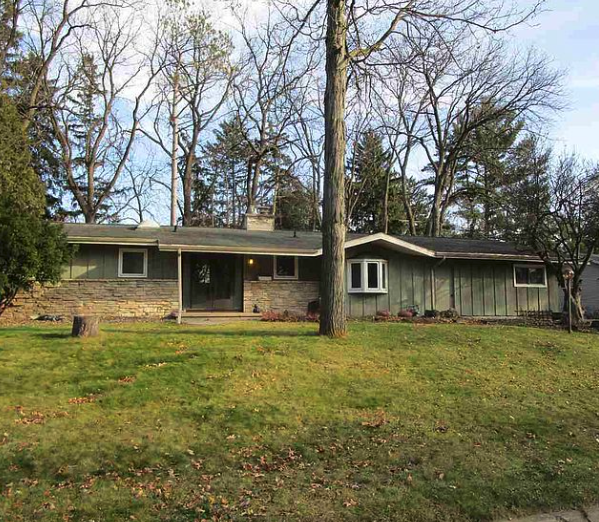
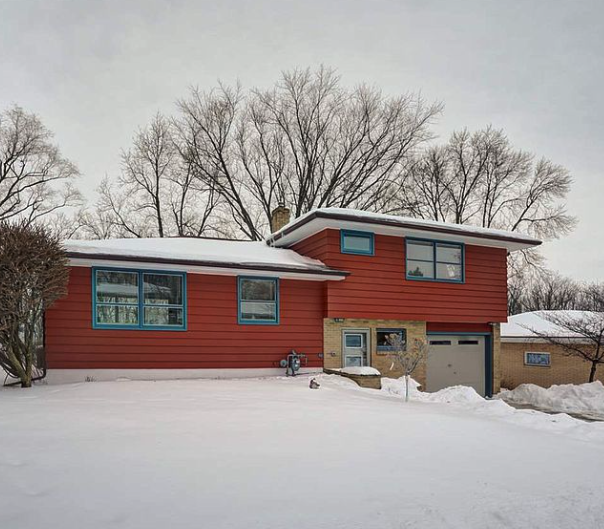
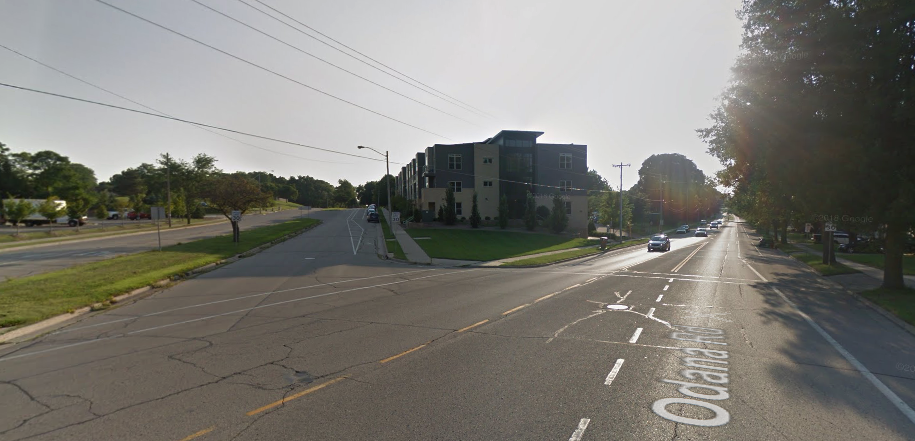

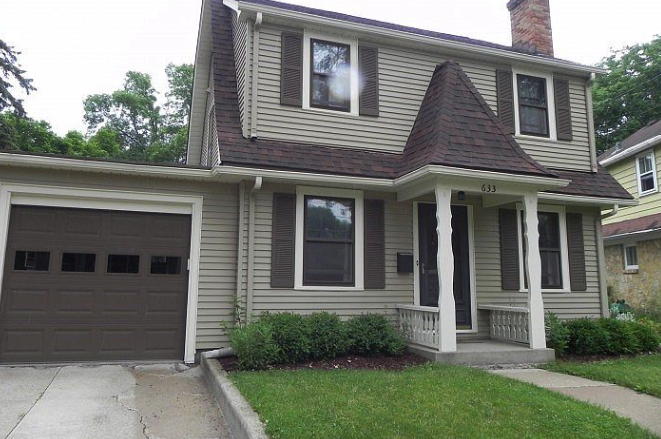
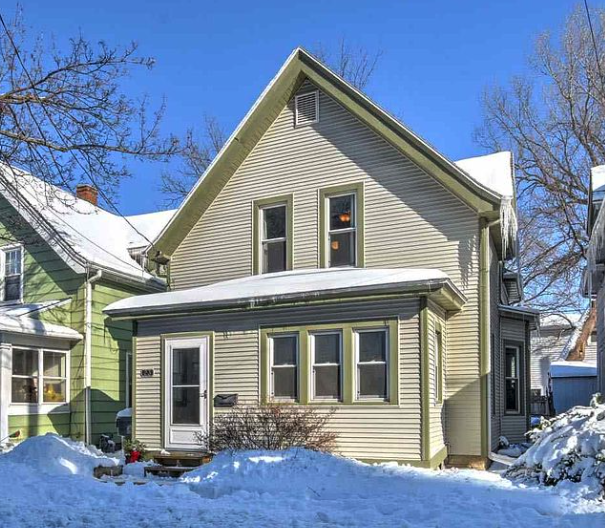
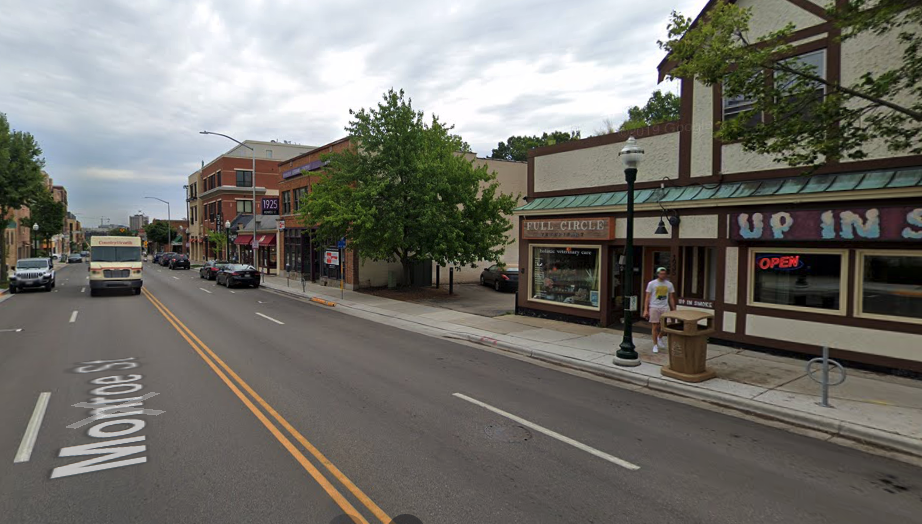
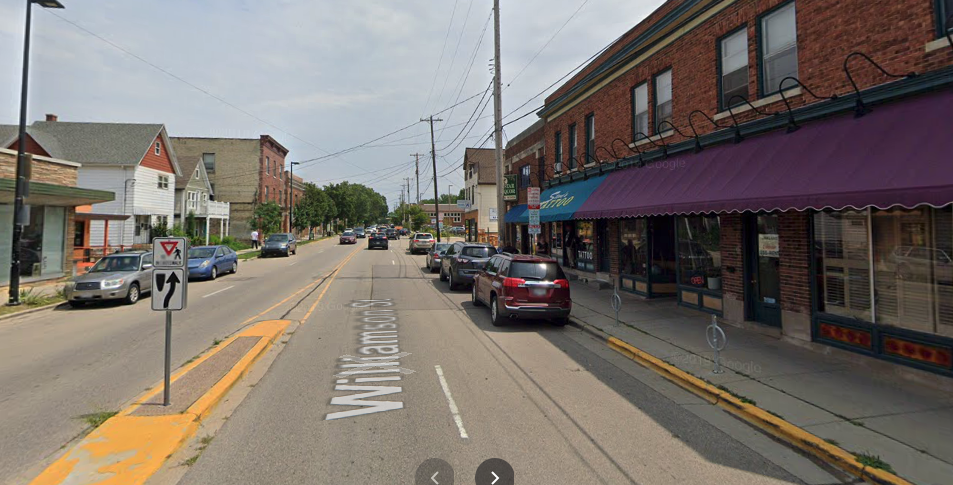

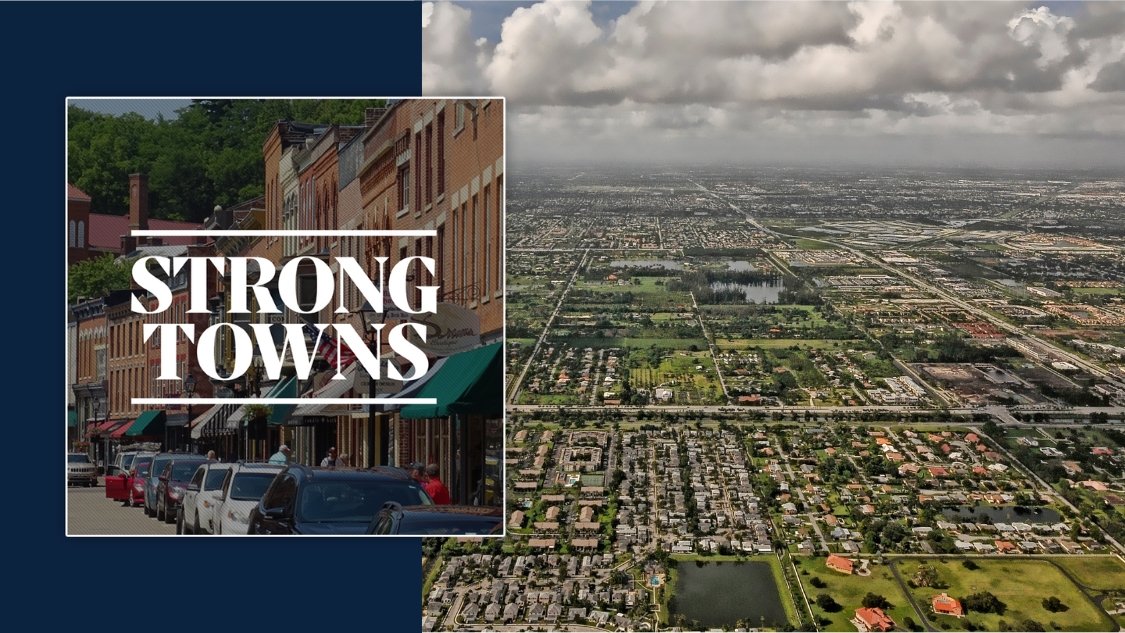


When we recognize the housing crisis as a systems and strategy problem, we realize that there is no shortage of things cities can do right now to address it.